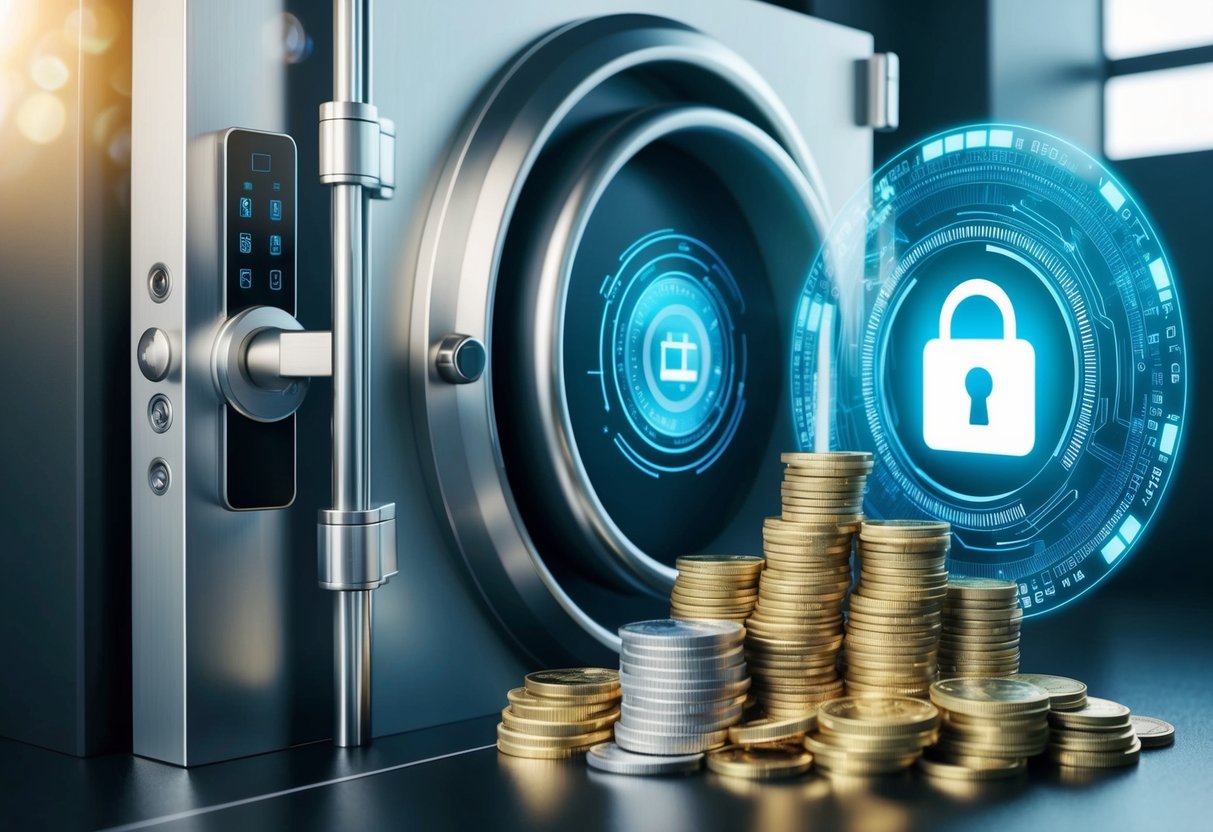
Hardware Wallets: Ensuring Cold Storage for Your Digital Wealth
Hardware wallets are a form of cold storage designed to enhance security. They store private keys on a physical device that users can connect to a computer when needed. This method keeps the keys safe from online threats and unauthorized access.
Although more secure, hardware wallets can be expensive and require safe physical storage to prevent loss or damage. They are best suited for users with substantial investments who do not need frequent access to their crypto wallets. Moreover, hardware wallets provide peace of mind by offering an extra layer of protection through secure, offline storage.
The Role of Cryptography in Crypto Security
Cryptography lies at the heart of cryptocurrency security, enabling the safeguarding of digital assets. The technology ensures secure transactions and protection of private keys, acting as a critical defense against unauthorized access.
Encryption: Safeguarding Private Keys and Transactions
Encryption secures private keys, which are essential for accessing and managing cryptocurrencies. These keys must remain confidential to prevent unauthorized access to funds. By transforming data into a ciphered format, encryption prevents interception during transactions.
In crypto ecosystems, such as Bitcoin, encryption plays a vital role in keeping transaction details private and ensuring data integrity. Cryptographic algorithms like SHA-256 and elliptic curve cryptography provide robust security frameworks. These ensure that only the intended parties can decode and interpret the transaction information, keeping assets safe from malicious actors.
Addressing the Risk of Hacking and Unauthorized Access
Cryptocurrency security faces multiple threats, such as hacking and unauthorized access. Understanding how these attacks occur and implementing protective measures can mitigate risks.
Phishing Scams and Fake Wallets: Identifying the Threats
Phishing scams pose a significant risk by tricking users into revealing sensitive information. Attackers often send emails that mimic legitimate services, urging users to click links leading to malicious sites. Once there, users may inadvertently disclose passwords or private keys.
Fake wallets add another layer of deception. These applications mimic authentic crypto wallets, convincing users to deposit funds, which the attackers then steal. Recognizing phishing tactics and being cautious with wallet downloads is crucial in avoiding these threats.
Users should verify the authenticity of communications and use trusted sources to download wallet applications. Keeping software updated can also patch security vulnerabilities, reducing the risk of being targeted by fraudulent schemes.
Preventing Unauthorized Access Through Solid Security Measures
Preventing unauthorized access starts with robust security measures like enabling two-factor authentication (2FA). This adds an extra layer of security by requiring not just a password but also a code sent to a trusted device. Users should also create strong, unique passwords for their accounts to enhance security further.
Installing antivirus software can protect against malware that seeks to exploit vulnerabilities in devices storing cryptocurrencies. Regularly updating this software ensures it can defend against the latest threats. Another important practice is using hardware wallets, which store private keys offline and are less susceptible to online attacks.
Regularly reviewing account activity can quickly identify and mitigate potential breaches. By taking proactive steps, individuals can significantly reduce the risk of unauthorized access and better safeguard their digital assets.